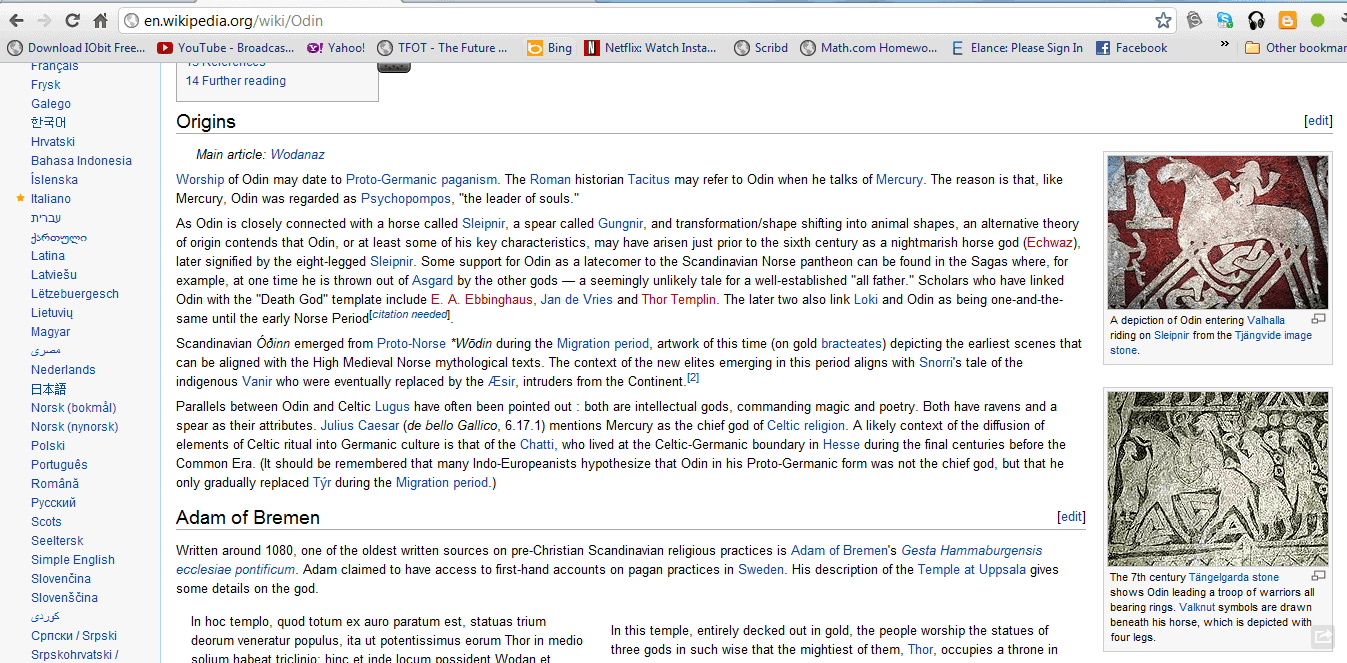
It allows for a consistent reading experience across different devices, as well as the ability to easily update and distribute content. In addition to its use in e-books, EPUB has also been adopted as a standard format for digital magazines, newspapers, and other publications. Many e-book platforms, such as iBooks and Google Play Books, support EPUB as a standard format for their digital publications. EPUB files can be read on a variety of devices, including e-readers, tablets, and smartphones.

These can be integrated into the publication in many ways, such as pop-up windows, audio captions, and inline video playback. EPUB supports a range of multimedia elements, including images, audio, and video. This allows for a high level of accessibility, as the content can be easily translated and adapted for different languages, fonts, and devices. One of the key features of EPUB is its use of XML (Extensible Markup Language) to encode the content, which allows for easy manipulation and customization of the publication.

The OPF package organizes and links the HTML and CSS files together, as well as any additional media files, metadata, and navigation elements.

The HTML content provides the structure and text of the publication, while the CSS is used to control the presentation and formatting of the content. EPUB files are typically composed of three main components: HTML (Hypertext Markup Language) content, a styling language called CSS (Cascading Style Sheets), and a standardized package format called OPF (Open Package Format). It was developed by the International Digital Publishing Forum (IDPF) as a standard format for e-books, allowing for reflowable content that can adapt to various screen sizes and devices. EPUB, or Electronic Publication, is an open-source file format used for digital books and publications.


 0 kommentar(er)
0 kommentar(er)
